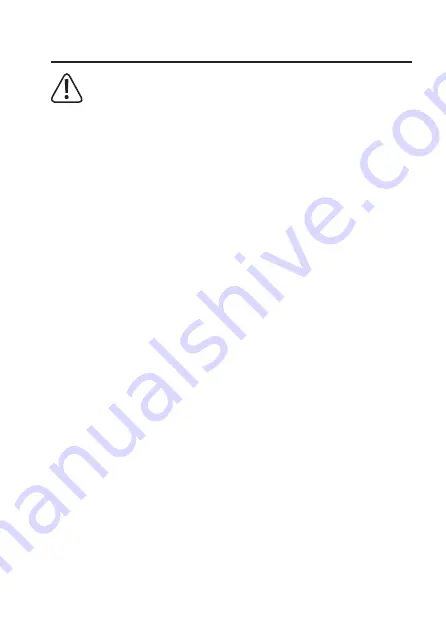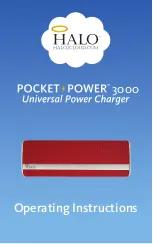
28
7. COMMISSIONING
The device heats up in operation. Make sure that the device is sufficiently
ventilated. The housing must not be covered! Place the charger only on a
resilient and level surface.
The charging output is short-circuit protected. Never short-circuit the charg-
ing contacts however.
When connecting the rechargeable batteries, always observe the polarity and
the charging provisions of the respective rechargeable battery manufacturer.
To prevent damage to the device from leaking rechargeable batteries, remove
the rechargeable batteries from the device if you are not using it for an
extended period.
Do not leave rechargeable batteries and batteries lying around carelessly.
They could be swallowed by children or pets. If swallowed, consult a doctor
immediately.
Batteries and rechargeable batteries must not be short-circuited or thrown
into fire. Primary batteries must not be recharged. There is a danger of explo
-
sion!
Leaking or damaged batteries/rechargeable batteries may cause alkali burns
if they come in contact with the skin. Therefore, use suitable protective
gloves.
a) Connecting the Voltage Supply
The charger needs the enclosed plug-in mains unit for operation. Use only the enclosed
mains unit or a comparable one with the same power data. First connect the DC plug (11) to
the socket at the charger (2). Plug the mains unit into a common mains socket. The device
switches on. The left display will show the firmware version briefly and then all displays will
show all display segments for control briefly. Then the charger is ready. “nuLL” will appear
since no rechargeable battery is inserted yet.
















































